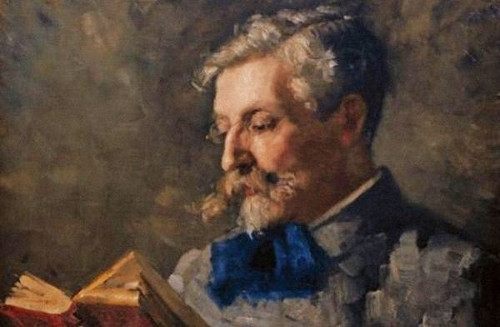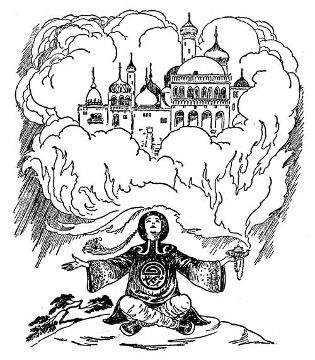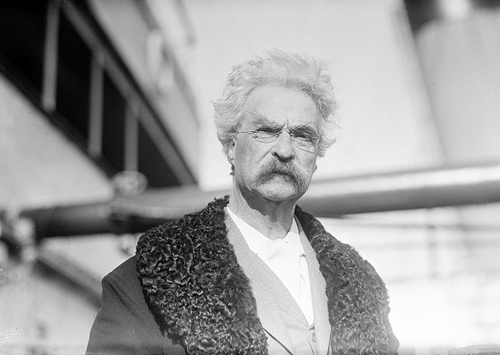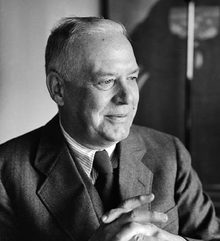
“Sorts of readers,” categorized for you by Samuel Taylor Coleridge:
1. Spunges that suck up every thing and, when pressed give it out in the same state, only perhaps somewhat dirtier — . 2. Sand Glasses — or rather the upper Half of the Sand Glass, which in a brief hour assuredly lets out what it has received — & whose reading is only a profitless measurement and dozeing away of Time — . 3. Straining Bags, who get rid of whatever is good & pure, and retain the Dregs. — and this Straining-bag class is again subivided into Species of the Sensual, who retain evil for the gratification of their own base Imaginations, & the calumnious, who judge only by defects, & to whose envy a beauty is an eye-sore, a fervent praise respecting another a near-grievance, and the more virulent in its action because the miserable man does not dare confess the Truth to his own Heart — . 4. and lastly, the Great-Moguls Diamond Sieves — which is perhaps going farther for a Simile than its superior Dignity can repay, inasmuch as a common Cullender would have been equally symbolic/ but imperial or culinary, these are the only good & I fear the least numerous, who assuredly retain the good, while the superfluous or impure passes away and leaves no trace.
(From his 1808 Lectures on Principles of Poetry.)





